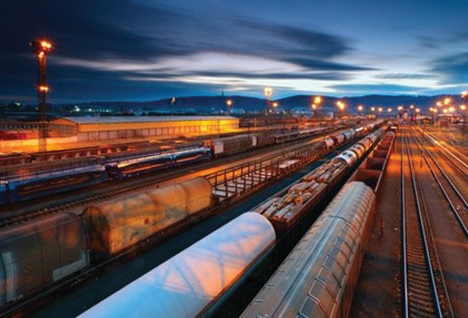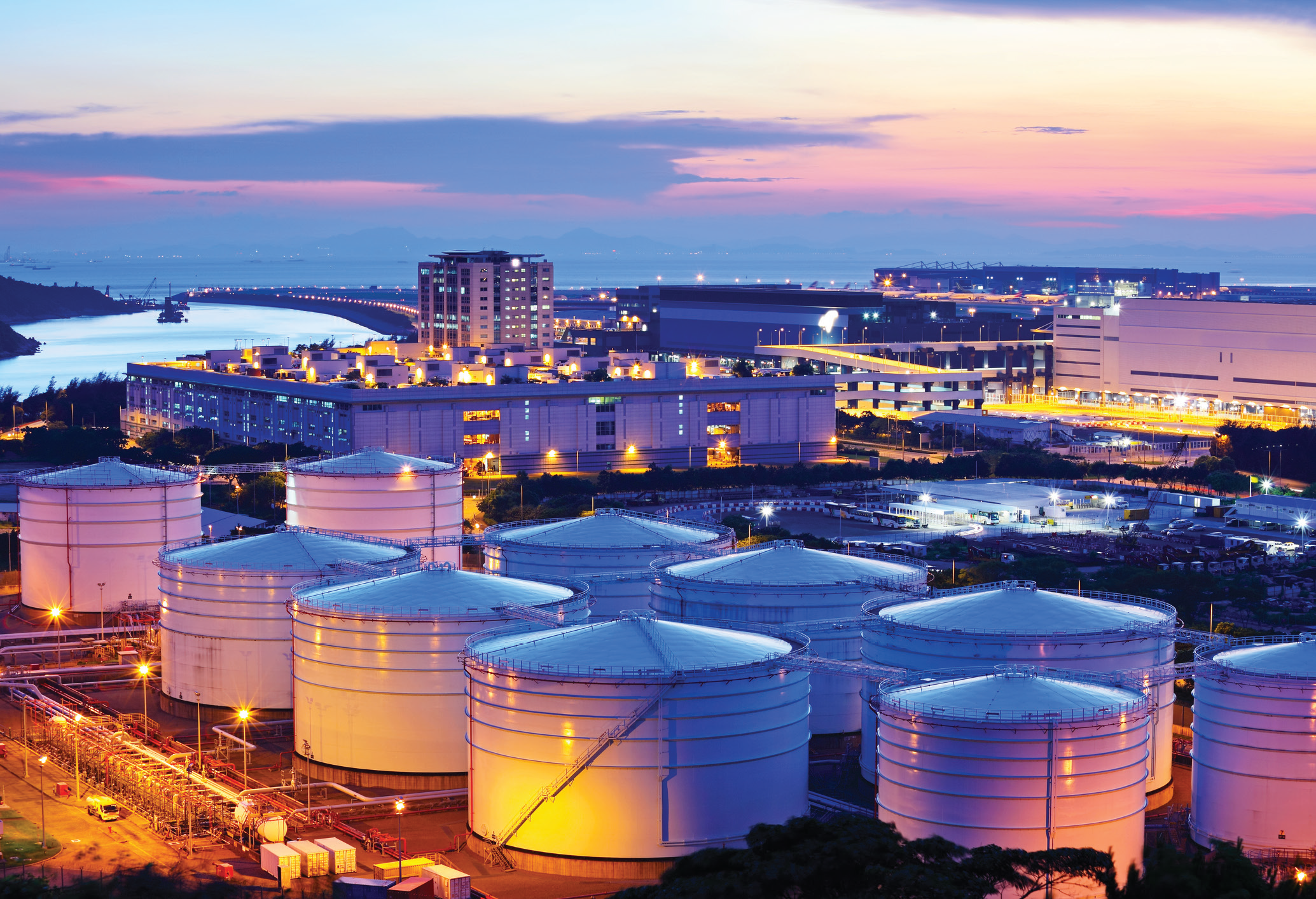Railcars are crucial in efficiently moving critical commodities from one place to another, especially over long distances. These versatile vessels account for roughly 70% of the domestic transportation industry. They are used to ship various media, from industrial organic and inorganic chemicals, plastic materials and resins, fertilizers, industrial gases, and more. However, due to the potential hazards involved in transporting many of these materials, there is a need for strict regulations to ensure public and environmental safety. The Federal Railroad Administration (FRA), a branch of the United States Department of Transportation, is primarily responsible for the oversight and compliance of the railroad industry.
By Benito Rodriguez, Applications Engineer – Teadit
The primary concern for manufacturing companies that ship products by railcar shippers is the prevention of non-accidental releases (NARs). A NAR is formally defined as the unintentional release of a hazardous material in transportation, including loading and unloading while in railroad possession. This does not account for accidental releases caused by a derailment, collision, or other rail-related accident. NARs may include splashes, leaks, and spills, and might be the result of improper installation or defective components like valves, fittings, and tank shells; the venting of non-atmospheric gases from relief valves and fugitive emissions also falls within this category.
Importance of Monitoring Media
While railcars are on-site at end-user facilities waiting to be unloaded, shipped, or used as rolling storage for finished goods and raw materials, the contents must remain safely and reliably sealed inside. Monitoring of these ‘mobile vessels’ is not governed by the EPA in the same manner as traditional fixed equipment, but that does not mean that potential or actual emissions of VOCs and greenhouse gases, like methane, are not a concern.
Emissions from railcars can be significant and are subject to reporting when identified. It is, therefore, important to continue to be environmentally responsible and implement LDAR best practices electively whenever possible.

The safe transportation and storage of hazardous materials via railcars is a complex process that requires adherence to established guidelines and the implementation of best practices. Best practices can include proactive measures like training and the use of the best available technologies. By implementing standard processes, shippers can minimize the risk of NARs and other incidents, effectively protecting the interests and safety of those inside and outside their organization.
A Look at Manways
Historically, the primary source of NARs for non-pressurized railcars is the manway. A manway is a large opening on the top of the car, primarily used for filling or emptying the tank. It can be particularly susceptible to leaks resulting in NARs due to the nuances of their design and because they are one of the most used components of the railcar. Although they are essential to railcar functionality, they can cause dangerous and costly issues when not properly sealed.
Railcar manways have several differences from traditional pipe and vessel flanges. First and foremost, railcar man- ways are not flanged connections at all; they consist of a hinged lid resting on a comparatively narrow ‘lip.’ Gaskets typically fit into a groove in the lid that keeps them in place. Then, the lid is tightened using eye bolts.
While the same basic principles that are used to affect a positive seal using a gasket still broadly apply to railcar man- ways, there are several differences.
Tank manways are often susceptible to developing leaks over time. This can result from many factors, including in- adequate gasket sealing, corrosion and sealing surface damage due to wear and tear, and poor or improper installation practices. These factors can lead to costly NARs from product loss and fugitive emissions. To mitigate this risk, tank manufacturers and shippers have looked to gasket manufacturers to help develop efficient and effective sealing solutions for manways.

Mitigating NARs
While manway designs and styles vary from railcar manufacturer to manufacturer, most manufacturers comply with the AAR – Pamphlet 34 guidelines. This pamphlet provides recommended methods for the safe loading and unloading of non-pressurized cars; Section C-III specification for tank cars dictates the gasket sizes and rail car sealability test methods.
Gaskets are an essential component of any system where two surfaces must be joined to form a leak-tight seal. When properly installed, gaskets can provide a reliable and durable seal that prevents leakage. The ideal gasket for a railcar manway needs to be highly adaptable, easy to install, and compatible with a wide range of services. They also need to display excellent sealing characteristics in less-than-ideal conditions and offer good load retention.
Many users also want a reusable gasket since manway lids are repeatedly opened and closed. While, in general, the reuse of gaskets is not recommended, some manway gasket designs have been tested and proven to offer varying degrees of reusability.
Specifying Gaskets
To ensure that a gasket performs optimally, they are each designed to meet specific requirements. In railcar applications, gaskets must provide sealing solutions that address the challenges of transporting hazardous materials over the rails. Factors like temperature, pressure, and chemical resistance are important considerations. To gain insight into the gasket’s ability to provide a reliable seal temperature and pressure, special tests, such as low-temperature sealability/torque retention and Hot Blow Out (HoBT) tests, should be conducted; the chemical resistance of a gasket is typically determined through material compatibility charts. Railcar gaskets must also be able to withstand the rigors encountered during transportation, such as harsh environmental conditions, vibration, and wear.
In addition to providing a leak-tight seal, gaskets also play a crucial role in reducing maintenance costs and improving the lifespan of the equipment. When gaskets fail, it can lead to leakage and contamination, resulting in equipment damage, downtime, and costly repairs. Therefore, gaskets are an essential component of railcar reliability. Shippers can improve their fleet’s safety, flexibility, and efficiency by selecting suitable gasket material, ensuring proper installation, and adhering to industry standards.
Additional Considerations
While manways are often a primary concern, railcars commonly feature several additional components connected to the vessel that utilize traditional bolted flange-type connections. Ensuring that the appropriate gaskets and best assembly are used correctly will help to mitigate the risk of unforeseen challenges, such as sealing surface damage or misalignment, fire safety damage, and sheer/tearing stresses on threaded connections.
In a scenario where these challenges do arise, the following key considerations may be helpful to prevent future issues.
- Depending on the severity, flange surface wear, damage, waviness, and misalignment concerns can often be addressed by proactively utilizing gaskets with good compressibility and conformability characteristics. These traits allow the gaskets to ‘mold themselves’ to the flange surfaces and fill any imperfections. Materials like expanded PTFE (ePTFE), flexible graphite, and elastomers have been used success- fully for this purpose.
- Fire-safe gaskets are designed and tested to withstand prolonged exposure to high temperatures and flames in the case of a fire emergency. They commonly contain materials with good temperature resistance and insulation properties like graphite, mica, and ceramic, combined with materials that provide a tight and reliable seal like ePTFE or restructured PTFE. Using a metal carrier, winding, or reinforcement is also expected to help create a vital sealing element.
- Threaded connections offer a unique challenge because most gaskets and gasket materials are primarily de- signed for static compressive loading. As a result, the sheer surface stress generated when tightening a threaded connection can cause damage. Ideally, gaskets exposed to these conditions must have superior friction resistance and high tensile strength, like restructured and ePTFE materials.
Final Thoughts
Regardless of the application, the selected gasket must be compatible with the operating service conditions and must be installed correctly. Documented gasket installation best practices, like those found in ASME PCC-1, are crucial for effective sealing and joint reliability. Gaskets must be installed with an optimal amount of compressive load, as too little compression can result in leaks, and too much compression can damage the gasket. Following the manufacturer’s recommended torque specifications and installation procedures is essential to ensure proper compression and sealing.
Regular inspection and maintenance of the sealing surfaces/flanges, bolts, and gaskets are also essential to ensure their effectiveness. All components should be inspected for signs of damage, corrosion, or excessive wear before installation begins. Again, gasket reuse is only recommended in some instances. If a gasket is suitable for reuse (like in the case of some manways gaskets), it should be carefully inspected for signs of damage or excessive wear before assembly. Overall, selecting suitable gasket material and ensuring proper installation and maintenance is essential for the safe and effective transport of materials in railcars.
Properly selected and installed gaskets are essential for ensuring the safety of railway workers, the public, the environment, and for preventing dangerous leaks and other hazards associated with poor railcar sealing.
To learn more, please visit https://teadit.com/us/produto/teadit-origin-rc510-gasket/.



